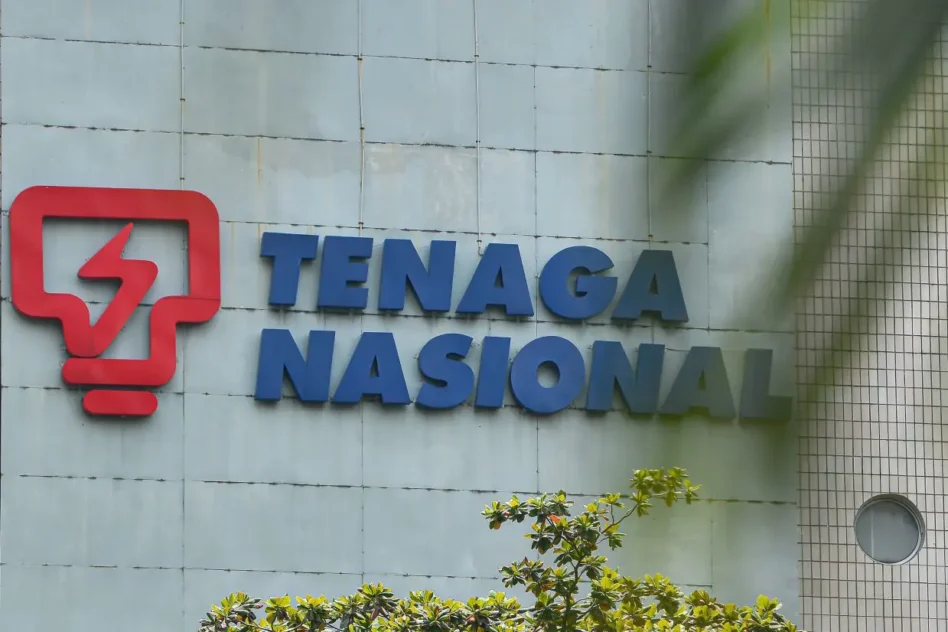 KENANGA Investors Bhd has announced the listing of its first leveraged and inverse (L&I) exchange-traded funds (ETFs), OneETF, on the local bourse.
KENANGA Investors Bhd has announced the listing of its first leveraged and inverse (L&I) exchange-traded funds (ETFs), OneETF, on the local bourse.
In a statement on Jan 13, it said the Kenanga KLCI Daily 2X Leveraged ETF (KLCI2XL) and the Kenanga KLCI Daily (-1X) Inverse ETF (KLCI1XI) are the first L&I ETFs to be benchmarked against the KLCI.
“The introduction of L&I ETFs, particularly the inaugural KLCI-based OneETF, will further invigorate our local bourse by offering investors a wider range of innovative products catering to varying risk appetites,” said Bursa Malaysia Bhd CEO Datuk Muhamad Umar Swift.
He also pledges to work closely with Kenanga Investors and other industry partners to increase the competitiveness of the Malaysian ETF market through education.
“The KLCI has been appreciating ever since its steady recovery from the financial crisis of 2008, which is a market behaviour inverse ETFs can help investors by providing the opportunity to hedge downside risk,” Kenanga Investors executive director and CEO Ismitz Matthew De Alwis said.
“Meanwhile, leveraged ETFs enable those with a bullish view of the market to possibly maximise potential returns. Investors will be able to cushion the sharp shifts that may occur as our OneETFs are traded on a real-time daily basis; this is especially significant for institutional investors due to their large exposure,” he explained.
Leveraged ETFs allow investors to amplify the returns on their investments while inverse ETFs provide a hedge by giving them the opposite returns of a market.
Unlike a conventional ETF, the KLCI2XL aims to achieve a return of two times the FBM KLCI 2X Daily Leveraged (Price) Index via futures as margin contracts and money market instruments, amongst others.
The KLCI1XI, on the other hand, uses short selling, derivatives trading and other leveraged investment techniques to perform inversely to the FBM KLCI Daily Short (Price) Index.
Both KLCI2XL and KLCI1XI adopt a futures-based replication investment strategy in order to provide daily performance that closely corresponds to their respective tracked indices.
ETFs’ attractiveness has always been their versatility to suit the needs of retail and sophisticated investors. They are also typically cheaper than many mutual funds.
ETFs are popular in the US and Europe because actively managed funds have been having a hard time beating the market in recent years, prompting investors to think that it might be better to stick to lower-cost ETFs that can maximise their returns.
In fact, this is not only a Western phenomenon. For example, L&I ETFs have gained traction for years in Asian economic powerhouses such as Japan, Taiwan and South Korea.
Kenanga Investment Bank Bhd’s group MD Datuk Chay Wai Leong notes that while the ETF is still in its early stages in Southeast Asia, it has been garnering strong traction and showing tremendous growth potential.
Malaysia has legislation in place to encourage the growth of ETFs. For example, the Securities Commission has revised ETF guidelines to support the development of new ETF products such as futures-based ETFs and commodities ETFs.
In a bid to further stimulate the industry, regulators have implemented changes such as reducing the capital requirement for an ETF issuer from RM10 mil to RM2 mil, and exempting stamp duty for ETF trades.
But education has to be prioritised for increased understanding and acceptance of this relatively new product. Investors’ understanding and knowledge on such L&I ETFs may not be very strong. – Jan 13, 2020








